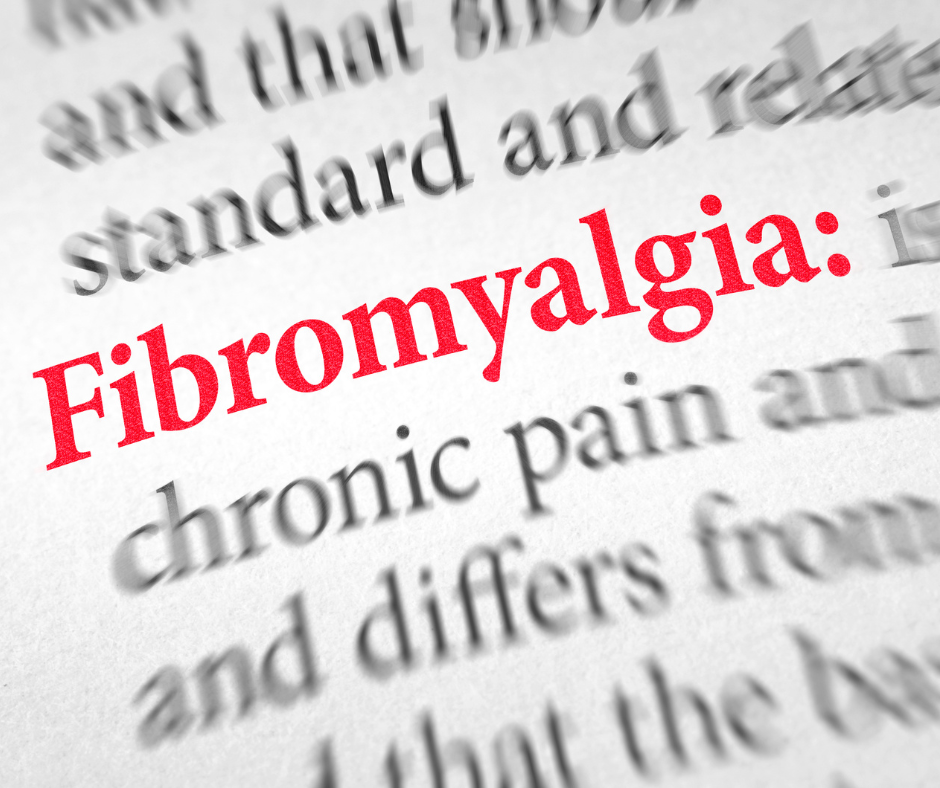24/7 online booking

Osteopathy for Fibromyalgia: A Holistic Approach to Managing Chronic Pain
Fibromyalgia is a chronic condition characterised by widespread pain, fatigue, and a host of other symptoms that can significantly impact one’s quality of life. Living with fibromyalgia can be incredibly challenging, as the condition is often misunderstood and difficult to treat. However, for those seeking a holistic, non-invasive approach to managing their symptoms, osteopathy may offer some much-needed relief.
1. Understanding Fibromyalgia
Fibromyalgia is a long-term condition that causes pain all over the body, along with a range of other symptoms, including:
- Widespread pain: The most prominent symptom of fibromyalgia is widespread musculoskeletal pain, which is often described as a constant dull ache that lasts for at least three months.
- Fatigue: People with fibromyalgia often wake up tired, even after long periods of sleep. Sleep is often disrupted by pain, and many patients also have other sleep disorders, such as restless legs syndrome or sleep apnoea.
- Cognitive difficulties: Often referred to as "fibro fog," this symptom impairs the ability to focus, pay attention, and concentrate on mental tasks.
- Other symptoms: Fibromyalgia can also cause headaches, depression, anxiety, irritable bowel syndrome (IBS), and temporomandibular joint (TMJ) disorders.
The exact cause of fibromyalgia is not known, but it is believed to involve a combination of genetic, environmental, and psychological factors. The condition is thought to be related to how the brain and spinal cord process pain signals, making people more sensitive to pain.
2. How Can Osteopathy Help with Fibromyalgia?
Osteopathy is a form of manual therapy that focuses on the musculoskeletal system and its influence on the body’s overall health. Osteopaths use their hands to diagnose, treat, and prevent a wide range of conditions, aiming to improve movement, relieve pain, and enhance the body’s ability to heal itself. Here’s how osteopathy can help manage fibromyalgia:
a. Alleviating Musculoskeletal Pain
One of the primary benefits of osteopathy for fibromyalgia patients is pain relief. Osteopaths use gentle, hands-on techniques such as soft tissue massage, joint mobilisation, and stretching to alleviate musculoskeletal pain. By improving blood flow and reducing muscle tension, these techniques can help to reduce the intensity and frequency of fibromyalgia pain.
b. Enhancing Mobility and Flexibility
People with fibromyalgia often experience stiffness and reduced mobility, which can further exacerbate pain and fatigue. Osteopathic treatment aims to improve joint mobility and flexibility, making it easier to move and reducing the strain on muscles and joints. This can help to break the cycle of pain and stiffness, improving overall physical function.
c. Reducing Stress and Promoting Relaxation
Stress is known to aggravate fibromyalgia symptoms, and managing stress is a crucial part of treatment. Osteopathy promotes relaxation through gentle, therapeutic techniques that help to calm the nervous system. By reducing stress and promoting a sense of wellbeing, osteopathy can help to lessen the severity of fibromyalgia symptoms.
d. Addressing Postural Imbalances
Postural imbalances can contribute to pain and discomfort in people with fibromyalgia. Osteopaths assess your posture and identify any areas of imbalance that may be causing or worsening your symptoms. By correcting these imbalances, osteopathy can help to reduce strain on the body and alleviate pain.
e. Supporting Overall Health and Wellbeing
Osteopathy takes a holistic approach to health, considering the whole body and how different systems interact. This is particularly important for fibromyalgia patients, who often experience a wide range of symptoms beyond just pain. Osteopaths work to improve overall health and wellbeing, which can help to manage the complex symptoms of fibromyalgia more effectively.
3. What to Expect During Osteopathic Treatment for Fibromyalgia
If you’re considering osteopathy for fibromyalgia, it’s helpful to know what to expect during treatment:
-
Initial Consultation: Your first appointment will involve a thorough consultation, where the osteopath will take a detailed medical history and ask about your symptoms, lifestyle, and how fibromyalgia affects your daily life. They will also conduct a physical examination to assess your posture, mobility, and areas of pain or tension.
-
Personalised Treatment Plan: Based on the assessment, the osteopath will develop a personalised treatment plan tailored to your specific needs. This plan may include a combination of manual techniques, lifestyle advice, and exercises to help manage your symptoms.
-
Treatment Sessions: Osteopathic treatment is hands-on and typically involves gentle techniques aimed at relieving pain, improving mobility, and promoting relaxation. The number of sessions required will vary depending on the severity of your symptoms and how your body responds to treatment.
-
Ongoing Care: Managing fibromyalgia is a long-term process, and your osteopath may recommend regular treatments to help keep your symptoms under control. They may also provide advice on self-care strategies, such as stress management techniques, exercises, and dietary changes that can support your overall health.
4. Complementing Other Treatments
It’s important to note that osteopathy can be used alongside other treatments for fibromyalgia, such as medication, physiotherapy, or cognitive behavioural therapy (CBT). Osteopathy offers a complementary approach that can enhance the effectiveness of other treatments and provide additional relief from symptoms.
Conclusion: A Holistic Approach to Fibromyalgia Care
Fibromyalgia is a complex and challenging condition that affects every aspect of life. While there is no cure, osteopathy offers a holistic, patient-centred approach to managing symptoms and improving quality of life. By addressing the musculoskeletal system, promoting relaxation, and supporting overall health, osteopathy can help to alleviate the pain and discomfort associated with fibromyalgia.
If you’re living with fibromyalgia and are looking for a natural, hands-on treatment option, osteopathy may be worth considering. Consult with a qualified and registered osteopath to discuss your symptoms and explore how osteopathy can be tailored to your individual needs. With the right care, you can take steps towards managing your condition and enjoying a better quality of life.
If you would like to book and appointment with us, you can do so by clicking here.

Leave a comment